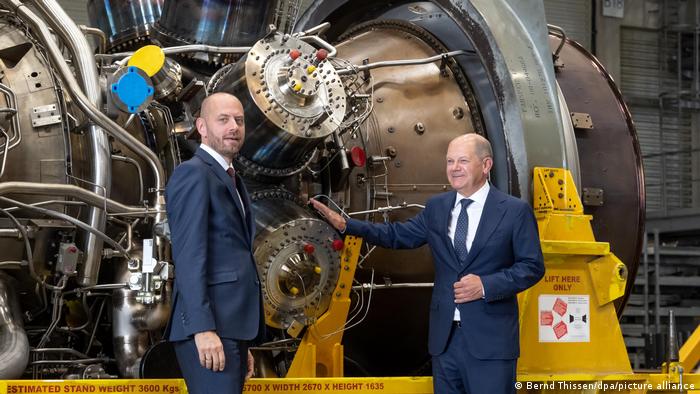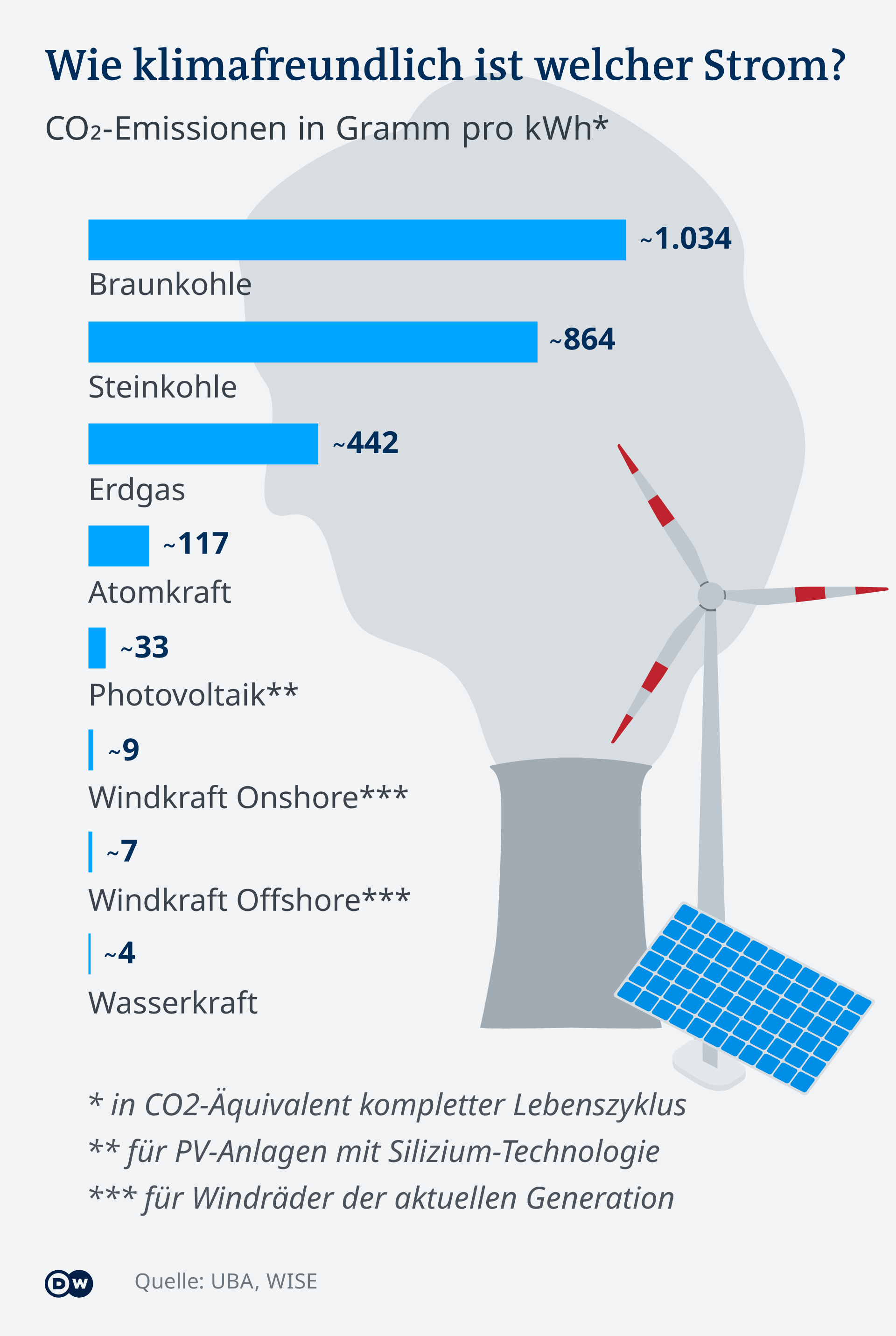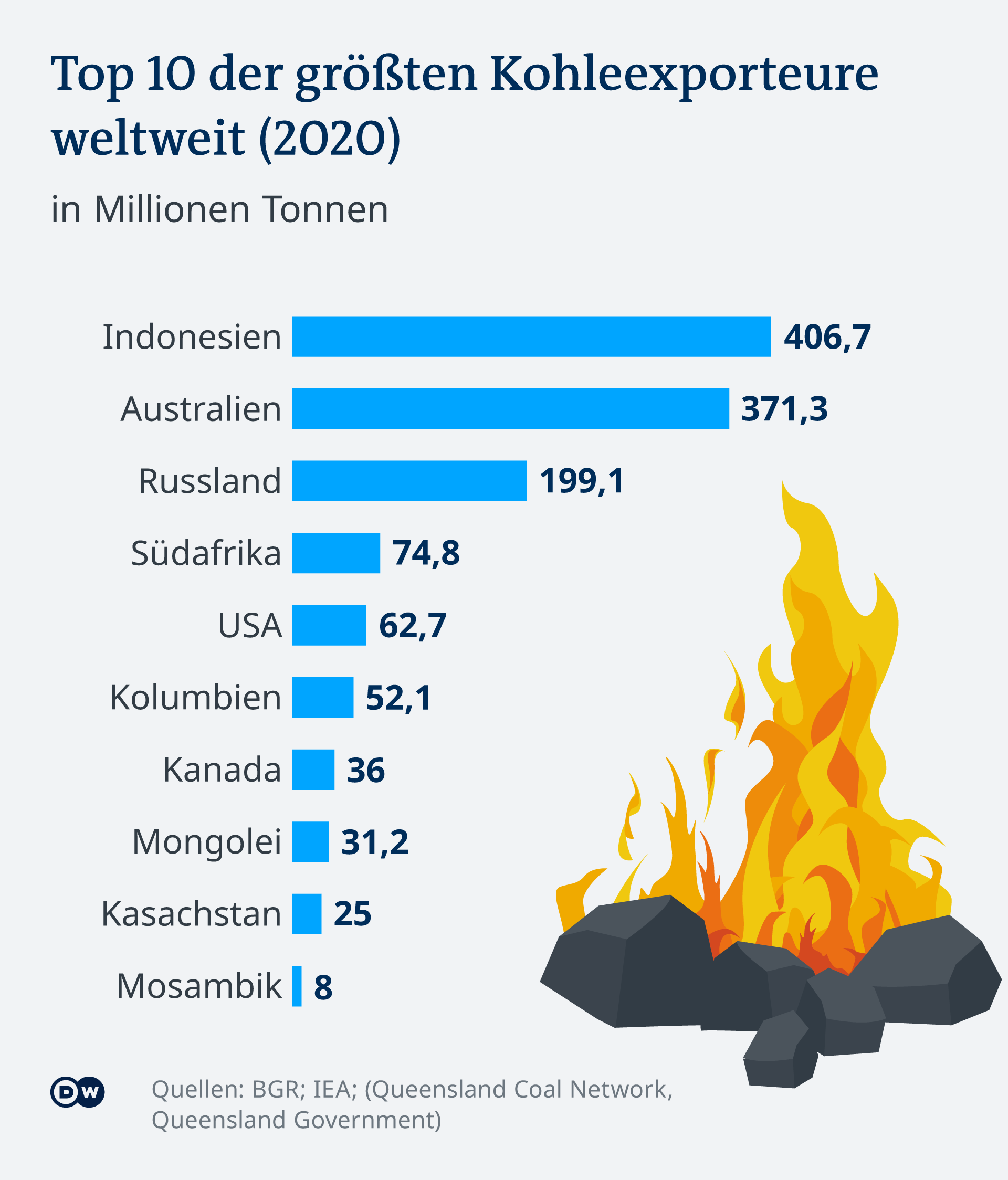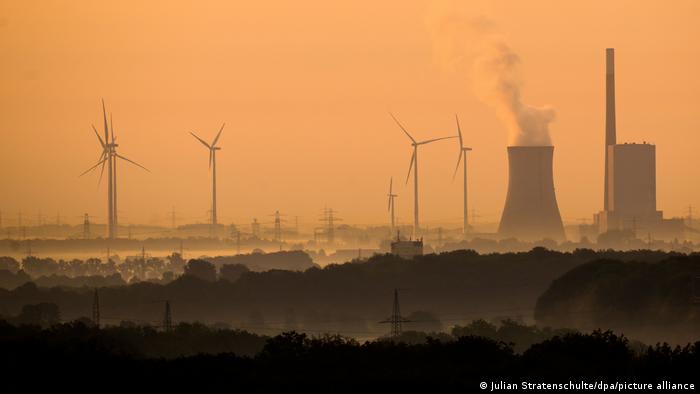Russia continues to cut gas supplies – allegedly because of a missing turbine. The federal government is therefore longer on coal-fired power plants. So far, half of the hard coal has come from Russia. This is over now.

Chancellor Scholz (right) with Siemens Energy CEO Christian Bruch in front of the Nord Stream gas turbine
“The turbine is there, it can be delivered, someone just has to say I want it and it will be there very quickly.” Chancellor Olaf Scholz demonstratively had himself photographed in Mühlheim an der Ruhr in western Germany with a gas turbine from Siemens Energy (see article picture), which should actually have been back in Russia long ago. There it is needed to operate the Nord Stream 1 gas pipeline.
Around 1800 gigawatt hours (GWh) – that is the amount of gas that Russia can pump through the pipeline per day. It's coming currently only around 350 GWh daily in Germany. Russian President Vladimir Putin blames the lack of gas turbines, for the federal government the throttling is politically motivated.

Only 20 percent of the possible amount of gas currently arrives in Lubmin through the Nord Stream pipeline
Russia could deliver without restrictions
According to the Chancellor, nothing stands in the way of transporting the gas turbine to Russia. “Except that the Russian buyers have to say that they want the turbine and that they provide the necessary information for the customs transport to Russia.” Scholz emphasizes that Gazprom can fulfill its delivery obligations to Europe at any time without restrictions.
A political statement. In fact, the federal government no longer assumes that Russia will turn the gas tap on completely again. Alternatives are being searched for at high pressure. German coal-fired power plants that are mothballed or scheduled to be shut down can now be started up again for up to nine months in order to take gas-fired power plants, which currently produce around ten percent of Germany's electricity, off the grid.
Global run on coal
Chancellor Olaf Scholz speaks of an “emergency measure for a limited period of time that must not be at the expense of our climate goals”. Germany actually wants to phase out coal-fired power generation by 2038 at the latest. “What must not happen to us is slipping into a global renaissance of fossil energy and especially coal,” warns the Chancellor.

Looking at the data, it looks exactly like that globally. Never before has more coal been converted into electricity than in the past year. According to calculations by the International Energy Agency (IEA), more coal could be produced and in demand than ever before in 2022 – and this also applies to the coming years.
Import ban on Russian coal
The Berlin-based Association of Coal Importers (VDKi) assumes that demand for hard coal in Germany will increase significantly from September. “This winter we will definitely import more than 30 million tons of hard coal for the power plants,” says VDKi board member Alexander Bethe. That would be eleven percent more than in 2021.
So far, 50 percent of the steam coal has been imported from Russia. That will soon be over. On April 9, the EU sanctioned Russia with a ban on buying and importing coal and oil. Previously concluded contracts may still be executed. With oil until the end of December, coal can only be delivered and unloaded until August 10th.
Sufficient new suppliers
Finding a replacement is not a problem, say German coal importers. There are enough suppliers in South Africa, Australia, the USA, Colombia and Indonesia, says Alexander Bethe. Since the coal has different properties and qualities depending on the country of origin, one has to see which mix is best for the power plants. “The tests are already running.”

“Squeaking”, says Bethe, could happen when the coal is being transported. The seaports in Amsterdam, Rotterdam and Antwerp are fully utilized due to the high inflow of Russian coal until August 10 plus alternatives and are running at the limit. There are also bottlenecks in inland logistics, the transport of coal from the seaports to the coal-fired power plants by ship or train, due to the lack of personnel.
Low water impedes transport
In addition Inland shipping has already reduced capacities, as less and less coal was imported and Germany wants to phase out coal completely by 2038 at the latest for climate protection reasons. About two thirds of all coal imports to Germany are transported to the power plants via inland waterway vessels across the Rhine.
At the moment the water level is so low that ships can only sail with 30 to 40 percent of their loading capacity. “Then you need three to four times as much transport capacity,” calculates Bethe, who hopes that the Rhine will soon carry more water again.
Maximum prices for hard coal
Buying hard coal is also becoming more and more expensive. At the beginning of 2021, a ton was still available on the world market for 64 US dollars. The price is currently heading towards 400 US dollars. Around 7.4 billion tons of hard coal were mined worldwide last year, almost half of it in China. The producing countries consume the lion's share themselves, only one billion tons are traded on the world market.

Since then August 1, the power plant in Mehrum (Lower Saxony) is producing electricity again
For the operators of decommissioned power plants, restarting is worthwhile despite the high coal prices, as electricity prices have also skyrocketed. The Mehrum power plant in Lower Saxony, which was shut down at the end of 2021 and belongs to the Czech energy group EPH, is the first company to have already resumed operations. Other operators want to follow.
Many plants are outdated
The Karlsruhe energy group EnBW, on the other hand, only wants to run one power plant longer than planned. Five power plants that were shut down could not be reactivated because they could no longer run continuously for reasons of age.
But not only coal-fired power plants are to be put back on the grid. The federal government is also preparing an ordinance for the beginning of October for restarting brown coal power plants that have already been shut down. This also applies to the Jänschwalde power plant in Brandenburg, which can supply as much electricity with two blocks as a nuclear power plant. The problem: the old blocks do not comply with the exhaust gas regulations, and given the shutdown, the operator did not consider it necessary to retrofit them. In addition, there is a lack of staff. The workers have long since been deployed elsewhere.